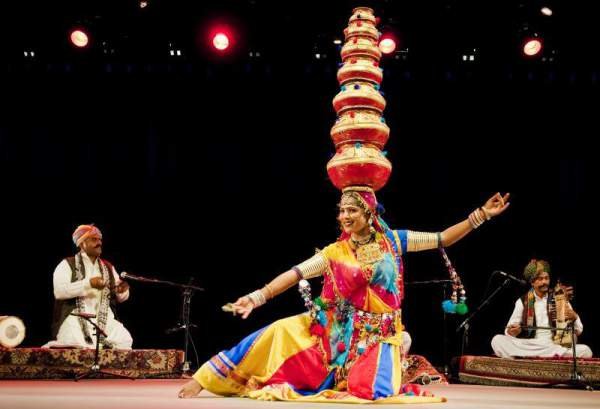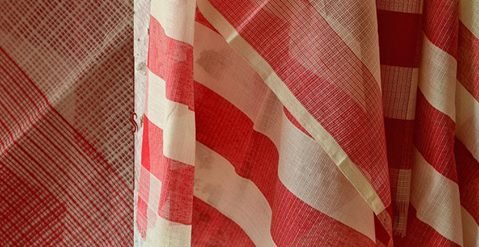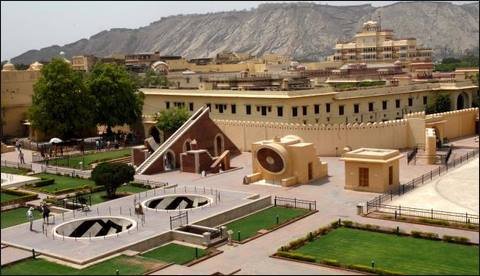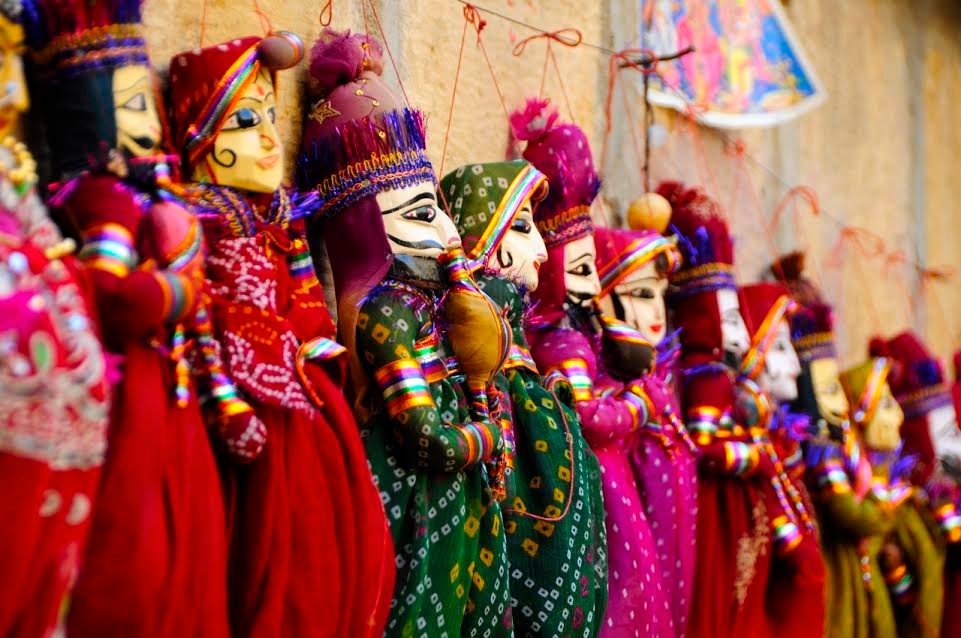Folk Dances of Rajasthan

Rajasthan is the land where heroism and chivalry impersonate in the form of Rajput warriors and their brave queens who had the courage to sacrifice themselves rather than falling into the hands of the invaders. Rajasthan is not only known for its battles and valor stories but also for its beautiful architecture, sand dunes, camels, […]
कोटा की कोटा डोरिया साड़ी

कोटा में बनने वाली सिल्क और कॉटन की साड़ियाँ जिनकी खासियत है चौकड़ीनुमा डिज़ाईन, वजन में बेहद हलकी और जिनकी बनावट बेहद बारीक होती है, समूचे भारत में कोटा डोरिया के नाम से प्रसिद्द हैं | शुरूआती दौर में इन साड़ियों को मसूरिया कहा जाता था क्योंकि ये मैसूर में बनती थीं | फिर मुग़ल […]
जंतर मंतर – जयपुर

जंतर मंतर जयपुर (Jantar Mantar Jaipur)का एक इतिहासिक स्मारक है, राजस्थान में बहोत सी ऐतिहासिक धरोहर बनी है, जंतर मंतर का निर्माण राजपूत राजा सवाई जय सिंह ने किया था और इसका निर्माण कार्य 1738 CE में पूरा हुआ था. जंतर मंतर में दुनिया की सबसे बड़ी पत्थरो को दीवारघडी बनी हुई है और साथ […]
Charm of Rajasthan :- कठपुतली ( एक परिचय )

Peppy colors, sharp facial features, dexterous moves, squeaking voices in a typical traditional avatar performing in front of the excited audience and amusing them is what we call “KATHPUTLI” in India. It is basically a puppet which moves on the nimble fingers of the puppeteer. It is derived from the two different words of Hindi- “Kath” meaning wood […]
second edition of Rajasthan Startup Fest on 5-6 november

The Rajasthan Startup Fest 2016 is beginning tomorrow, November 5th 2016 at Jaipur. Rajasthan Startup Fest is the annual flagship startup event of the beautiful desert state of India. The Fest shall showcase the rapidly emerging startup ecosystem of Jaipur, with its high quality social infrastructure, startup friendly cost structure, presence of incubation centres and co-working hubs, angel networks […]
